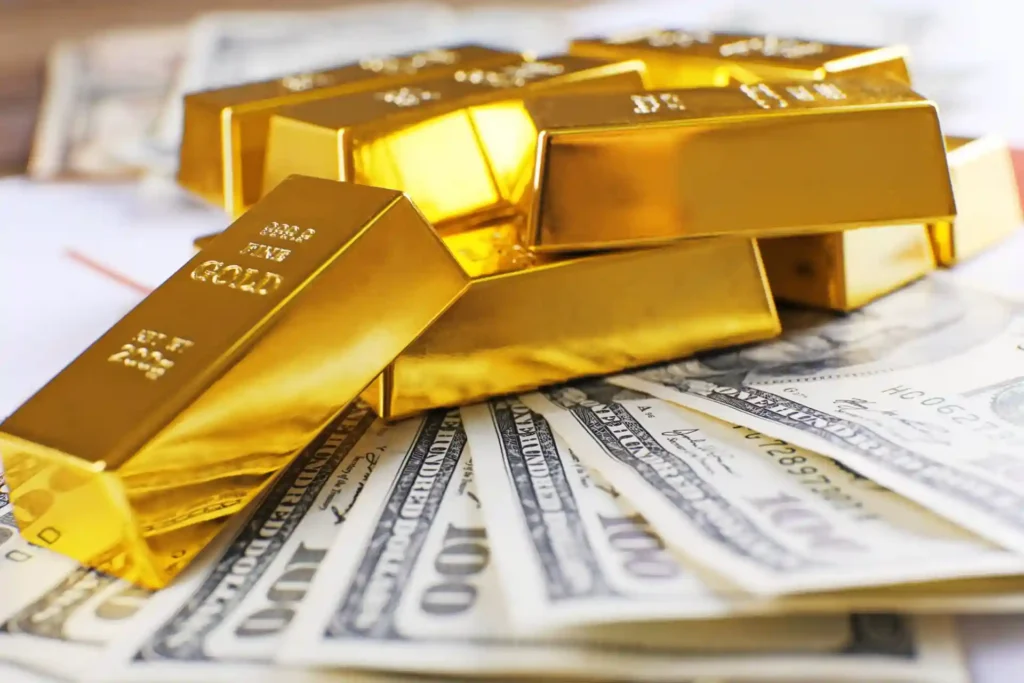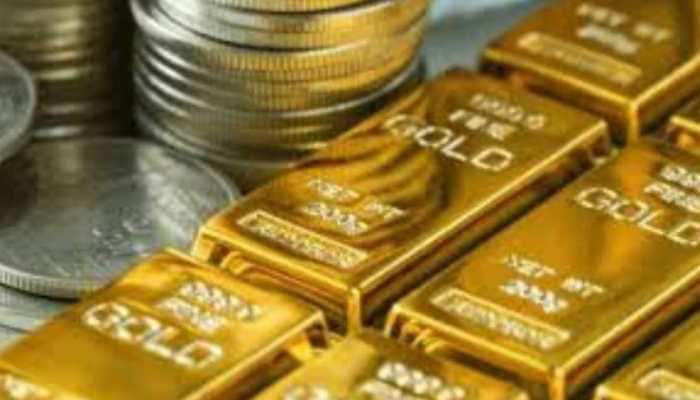Gold prices have soared to unprecedented levels, breaching the $3,400 per ounce mark for the first time in history. The latest surge reflects a growing flight to safety amid escalating geopolitical tensions, persistent economic uncertainties, and volatile equity markets. The precious metal, long revered as a reliable store of value, has once again become the global investor’s sanctuary in turbulent times.
A Meteoric Rise
As of Monday morning, spot gold was trading at $3,417 per ounce, up over 15% from the beginning of the year and more than double its price from just three years ago. Futures contracts for June delivery also mirrored this bullish sentiment, with robust trading volumes across major commodities exchanges.
This dramatic uptrend has been fueled by a confluence of factors: intensifying geopolitical risk, concerns over inflation and central bank policies, weakening fiat currencies, and the fragility of the global banking system. With each shockwave across financial markets, investors have doubled down on gold as a hedge against instability.
Safe-Haven Demand at the Core
What’s driving the current rush to gold? Analysts point primarily to the commodity’s traditional role as a safe-haven asset. As global investors grow wary of political instability in Eastern Europe, heightened conflict in the Middle East, and mounting U.S.-China trade tensions, gold has become the asset of choice for those seeking refuge from risk.
The collapse of several mid-sized banks in Europe and continued stress in the U.S. commercial real estate sector have only amplified concerns. While central banks in both developed and emerging markets have attempted to instill confidence through targeted interventions, the appetite for gold has only grown stronger.
“The fear factor is very real,” said Maria Lundqvist, a commodities strategist at Nordland Capital. “We are in an environment where uncertainty is the only constant, and that’s the perfect recipe for gold to shine.”
Central Banks Pile In
In addition to retail and institutional demand, central banks themselves have played a significant role in the metal’s rise. Over the past 18 months, global central banks have been net buyers of gold, adding hundreds of tonnes to their reserves in a strategic move to diversify away from the U.S. dollar and shield themselves from currency volatility.
China, in particular, has ramped up gold purchases, reportedly acquiring over 250 tonnes in 2024 alone. Other nations, including India, Turkey, Russia, and several in Latin America and Africa, have also increased their gold holdings, fueling further upward pressure on prices.
This accumulation marks a notable shift from the previous decade, when central banks were more focused on managing currency reserves through U.S. Treasuries and other sovereign bonds. The pivot toward gold signals a growing mistrust of fiat currency stability, especially in light of record-high global debt levels and fiscal imbalances.
Inflation Woes and Real Yields
Although inflation has cooled somewhat from its peak in 2022–2023, core inflation remains sticky in many advanced economies. While central banks like the U.S. Federal Reserve and the European Central Bank have maintained higher-for-longer interest rate stances, the real yields (nominal yields minus inflation) on many government bonds remain historically low or even negative.
This dynamic makes gold, which doesn’t yield interest but holds intrinsic value, more attractive by comparison. Investors looking to preserve purchasing power have increasingly turned away from bonds and toward physical assets like gold.
“With real returns still under pressure and inflation not yet tamed, the opportunity cost of holding gold is minimal,” said James Harwood, head of global asset allocation at Albion Wealth.
Currency Devaluation and the Dollar’s Decline
Another critical factor in gold’s ascent is the weakening of the U.S. dollar. As the Federal Reserve faces pressure to pivot toward monetary easing in the second half of 2025, the greenback has lost ground against major currencies. The Dollar Index (DXY) has fallen nearly 8% since January, reducing the cost of gold for non-dollar buyers and further boosting global demand.
Meanwhile, concerns over the sustainability of the U.S. fiscal position — marked by ballooning deficits and a looming debt ceiling debate — have also undermined confidence in the dollar, pushing investors toward alternative reserves.
ETF Inflows and Retail Frenzy
Exchange-traded funds (ETFs) backed by physical gold have also experienced a revival. After months of outflows during the Fed’s aggressive tightening cycle in 2022–2023, gold ETFs have seen inflows exceeding $50 billion in just the first quarter of 2025. This marks a decisive return of institutional capital into gold-linked assets.
On the retail side, demand has surged as well. Jewelers in key markets like India and China report shrinking inventories and longer waiting periods, while dealers in the U.S. and Europe cite record sales of bullion coins and bars.
“The psychology of the market has shifted,” said Karen Tanaka, an independent commodities analyst. “Gold is no longer seen just as a diversification tool — it’s now considered a core asset class.”
What’s Next for Gold?
The key question now is: how high can gold go? While some analysts caution that the rally could be overextended and ripe for a short-term pullback, others believe the bull run has legs.
“If the current macro environment persists — geopolitical unrest, central bank buying, and a weak dollar — gold could reach $3,600 or even $3,800 by year-end,” said Luke McAllister of Orion Futures Group. “We’re witnessing a structural revaluation of gold in the global financial system.”
Technical charts show little resistance above the $3,400 mark, suggesting momentum traders may continue to push prices higher. However, a sudden resolution of geopolitical conflicts or a surprisingly hawkish pivot from central banks could temper the enthusiasm.
Conclusion
Gold’s break above $3,400 per ounce is not just a milestone — it’s a signal of deeper undercurrents in the global economy. From geopolitical tensions to monetary policy shifts and currency volatility, the metal’s meteoric rise reflects a world in flux. Whether as a hedge against inflation, a buffer against financial system fragility, or a bet against the dollar, gold is once again proving its timeless appeal.
For investors, the yellow metal is more than just glitter. In uncertain times, it’s a golden shield — and it’s never shone brighter.




